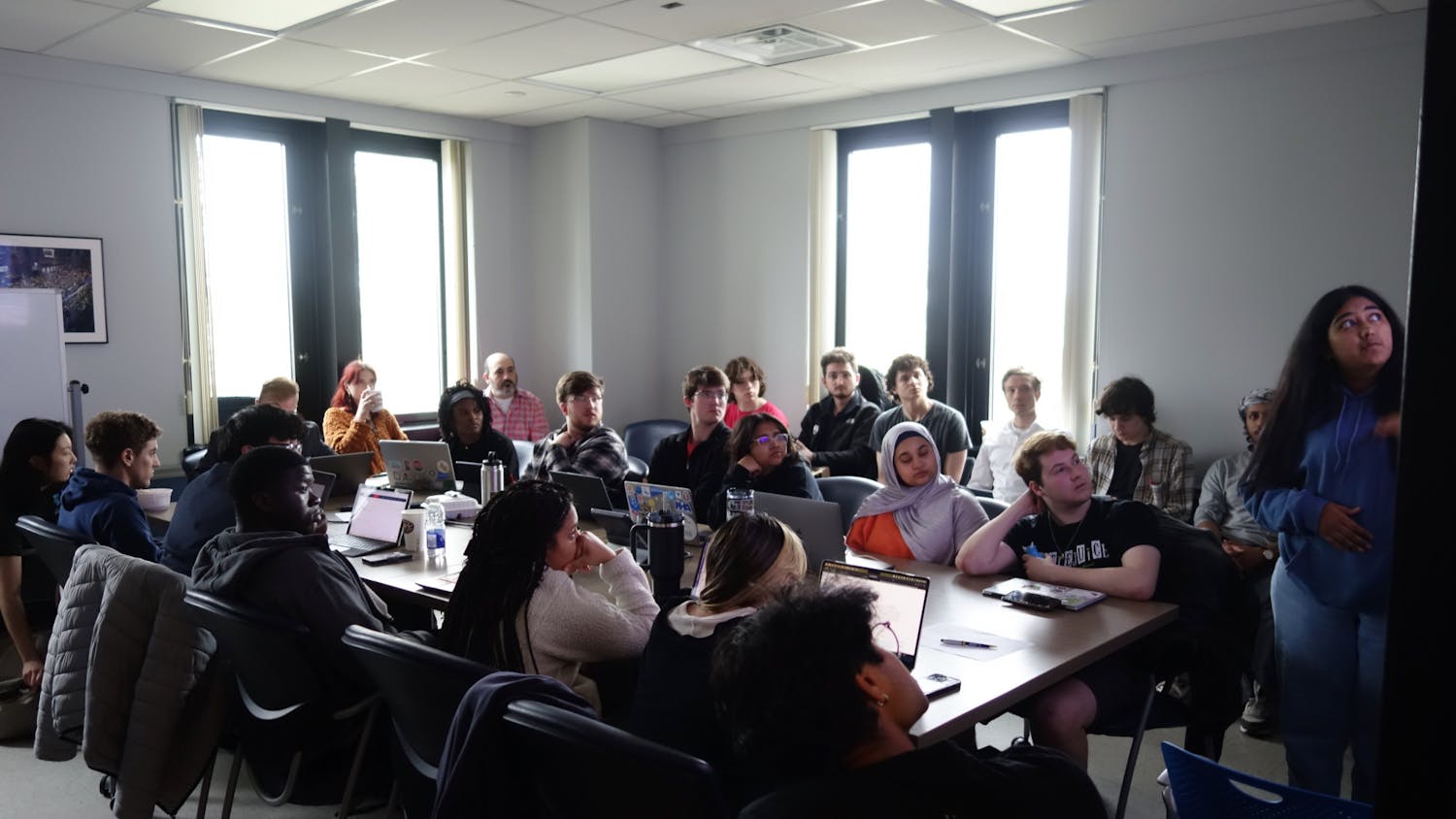Researchers at UB have discovered that the drug methylphenidate, sold under the brand name Ritalin and commonly prescribed to treat Attention Deficit-Hyperactivity Disorder (ADHD), may actually have long-term effects similar to those of amphetamine and cocaine. The drug was previously thought to have only short-term effects on the brain.
The findings were presented Nov. 11 to the Society for Neuroscience in San Diego, Calif. at an international conference attended by 20,000 scientists, researchers and students that showcased the latest experimental studies in neuroscience and has garnered global media attention.
"The assumption of the recommended application is that a morning dosage of Ritalin is gone after several hours and the brain is in exactly the same state as it was before it got the drugs," said Joan Baizer, UB professor of physiology and biophysics and senior author of the study. "Activated gene expression suggests that is not the case."
Gene expression occurs when one gene "turns on" other genes, stimulating changes in neuron function that persist after the drug is gone. Amphetamine and cocaine are stimulants that act on the dopamine system, neurotransmitters in the brain, and have long been known to cause gene expression, particularly with the gene "c-fos," which has a broad application in brain function, including motor activity, learning and sensory input.
Because Ritalin also acts on the dopamine system and has mechanisms of action similar to amphetamines and cocaine, Baizer predicted that the drug would also cause expression of c-fos, said Ashley Acheson, a psychology graduate student who performed much of the lab work for the experiment.
The findings were based on a study conducted on rats in which Acheson gave one animal a single high dosage of methylphenidate and another a similar dosage of amphetamine in sweetened milk. The animals showed similar patterns of heightened c-fos activity in the brain, much higher than the control group.
News of the study spread quickly through the national media; Baizer said she received calls from Business Week, CBS Healthwatch, Reuters and radio talk shows, in addition to concerned parents and doctors.
"There's been a very big media reaction," said Baizer. "I'm somewhat unhappy about the way the work has been interpreted."
Baizer stressed that the dosages administered to the rats were deliberately high and that nothing revealed by her study at this stage would imply that therapeutic doses of Ritalin cause long-term damage or addiction.
"The clinical data suggest that Ritalin is a safe and effective medication for ADHD and there's absolutely nothing in our results that should make anyone with kids benefiting from Ritalin to hesitate giving it," she said.
In addition to contributing to scientific knowledge, Baizer's research has a personal dimension.
Her daughter, who suffers from ADHD, was one of the factors that motivated Baizer to conduct the study. "She's been taking Ritalin for many years," said Baizer. "I want that fact known."
"People are very scared of Ritalin," she said. "There's a contingent of people who think that ADHD doesn't exist and that it's some conspiracy to drug children, and I don't think that's true at all. I think ADHD is very real and can seriously impair a kid's ability to function in school."
Although media attention has been impressive, the scientific community is not as easily swayed, said Baizier. "They will wait to see what we've done and how carefully we've done it," she said.
The presentation of preliminary studies at the annual neuroscience conference is a significant one. "It's a combination of presenting your findings and learning what others are in the process of doing," said Mark Kristal, UB professor of psychology whose lab collaborated with Baizer's on the study.
"There is a publication lag of about a year between the presentation of this research and its publication," said Kristal. "You get a chance to see the very latest in what's going on in international areas and technology."
Kristal also said the conference provides a means for networking, as many people team-up on a variety of topics including grant proposals, brainstorming new ideas for research, analyzing data and job placement.
"The conference gave us a new direction," he said, explaining how researchers can expand on ideas and details too complicated to incorporate into the presentations. Kristal also credited the international aspect of the conference with offering advice he might not otherwise have received.
Baizer hopes to use new DNA "micro-array" technology at a facility in Buffalo's Roswell Park to look at the total set of genes activated after drug treatment. "The techniques we're using here allow us to look at one or two proteins, that is one or two or three genes at a time," she said. "Using the DNA technology, you can look at hundreds or thousands of genes."
Further research using such technology will require substantial funding, Baizer said. She hopes to receive a grant from the National Institute of Drug Abuse (NIDA) in addition to a grant already awarded by the National Institute of Health.




